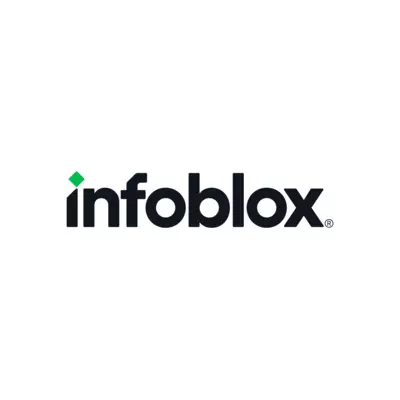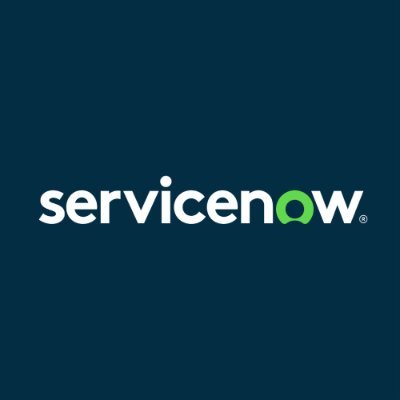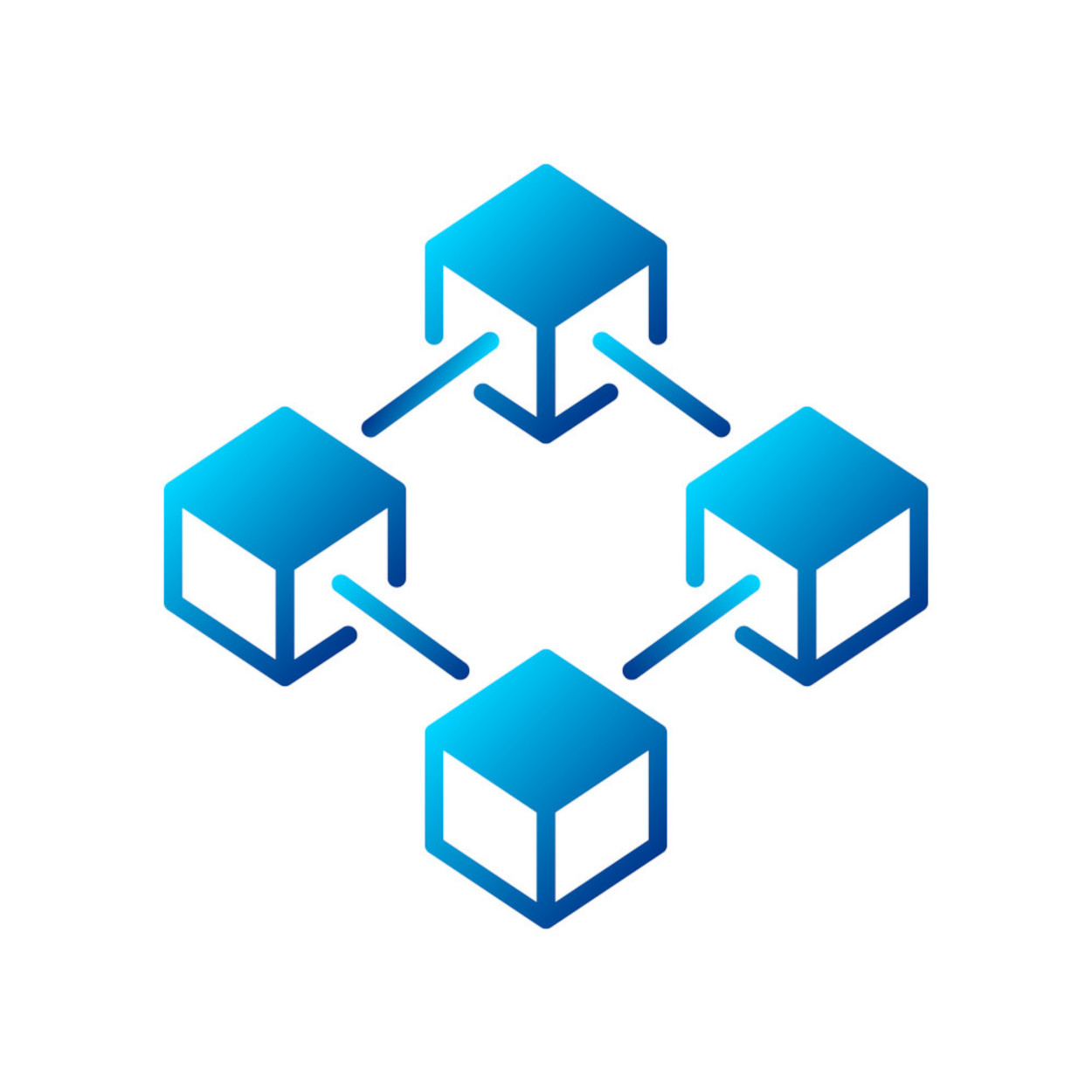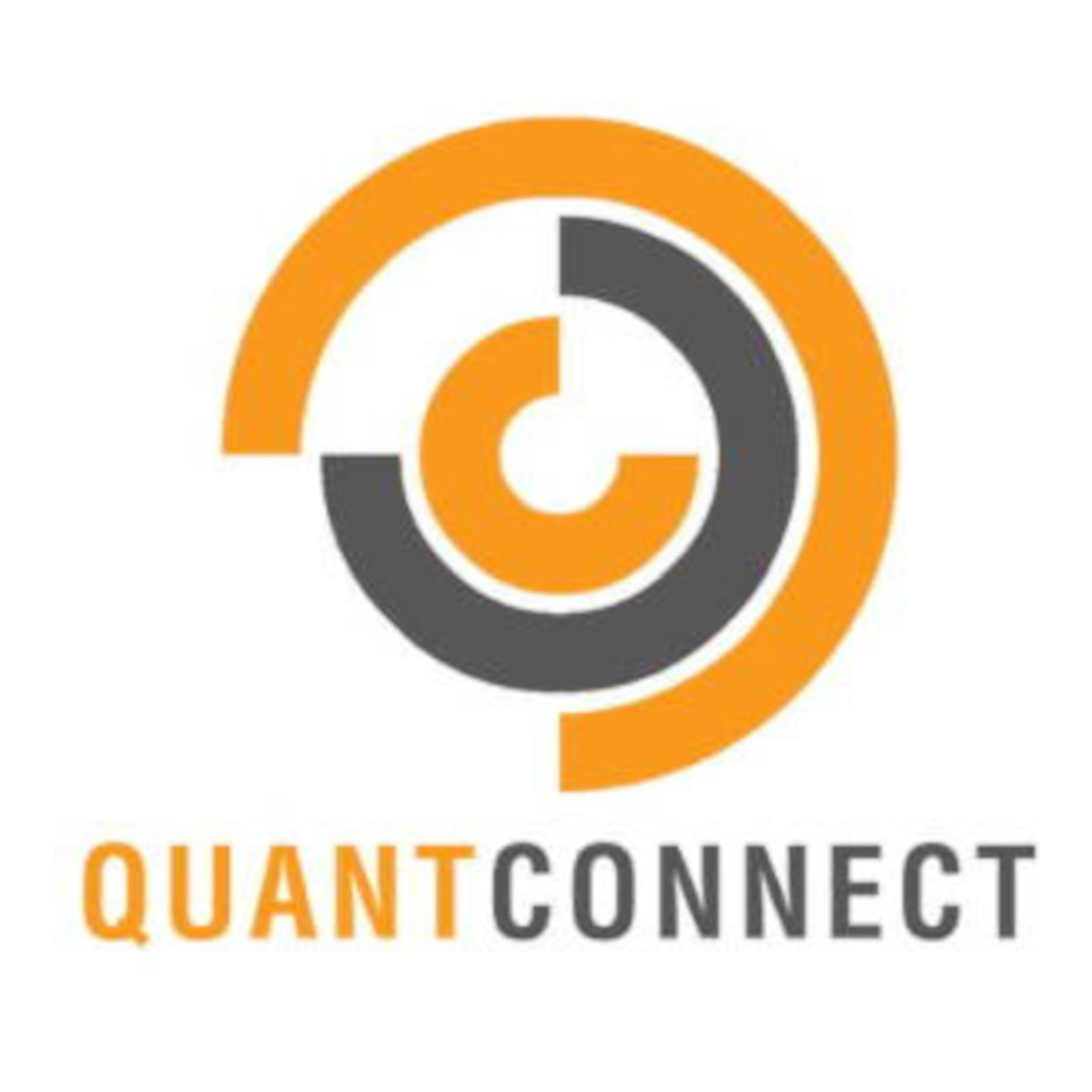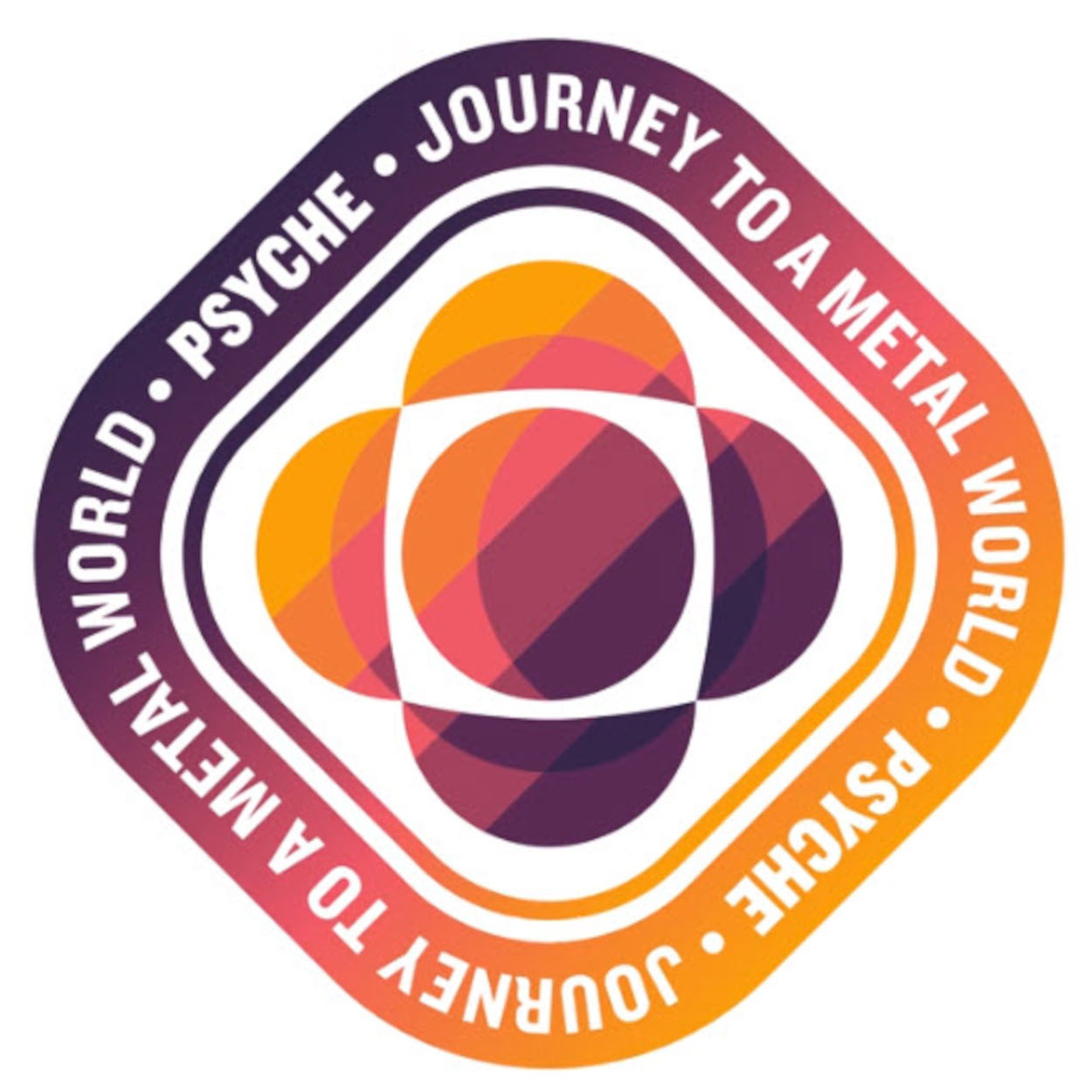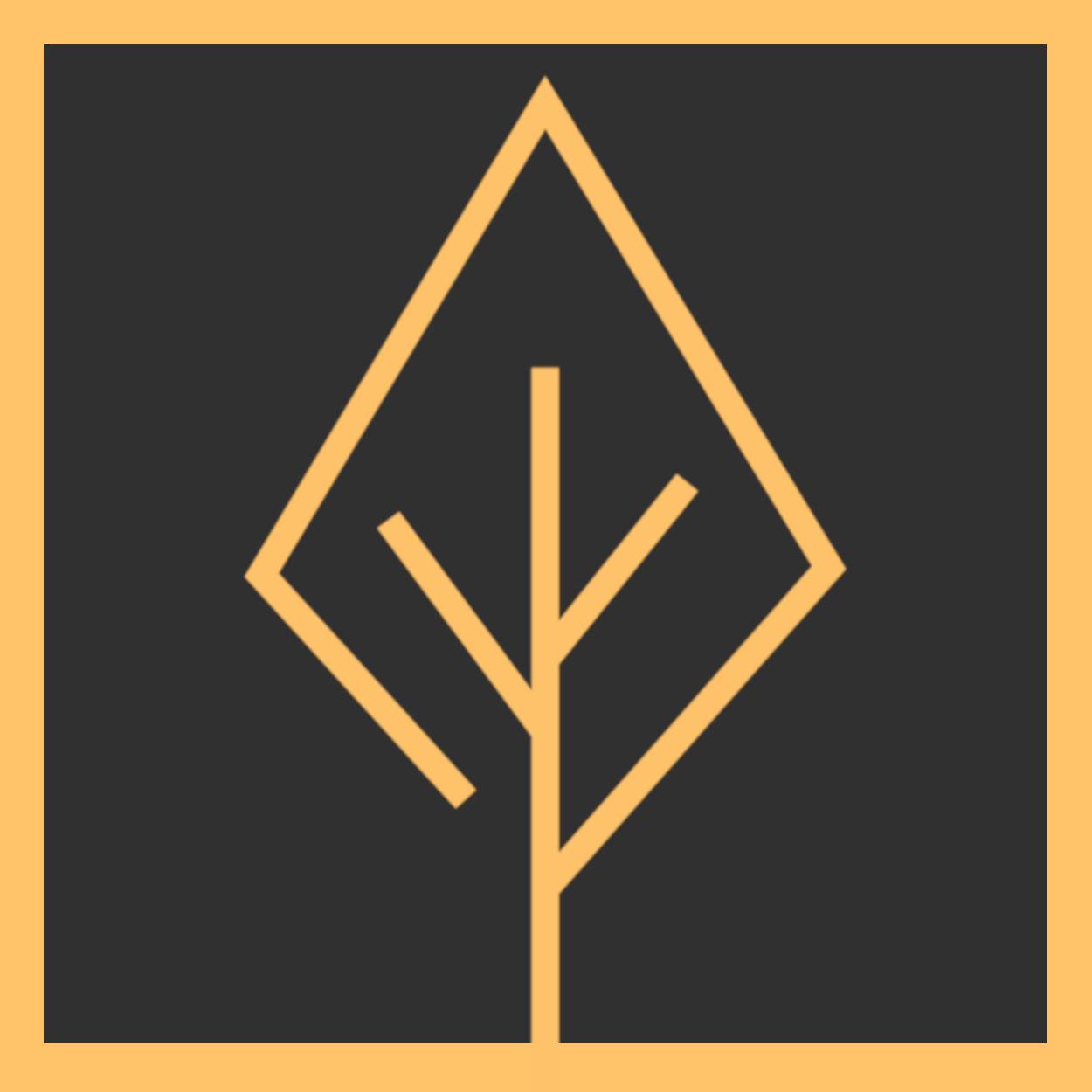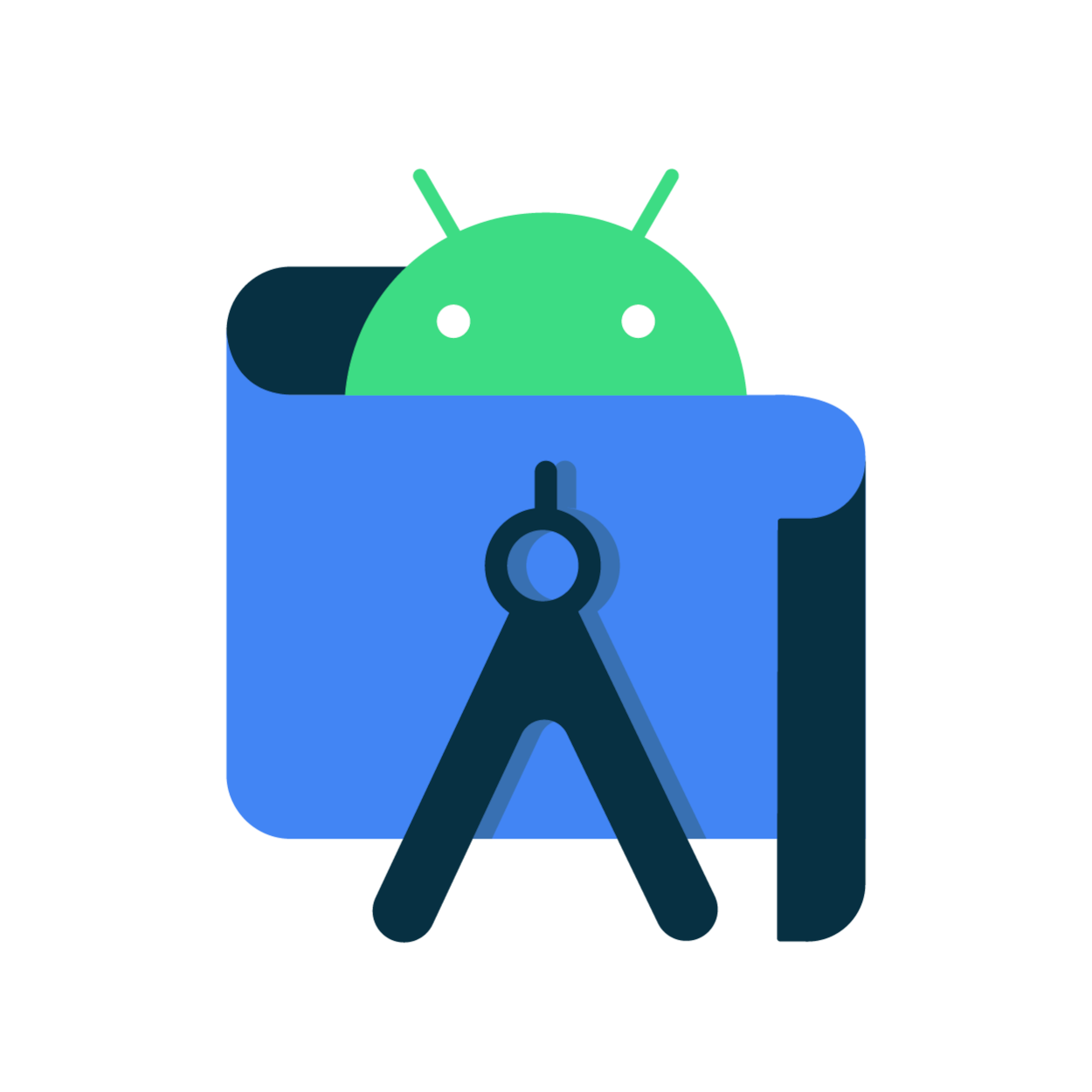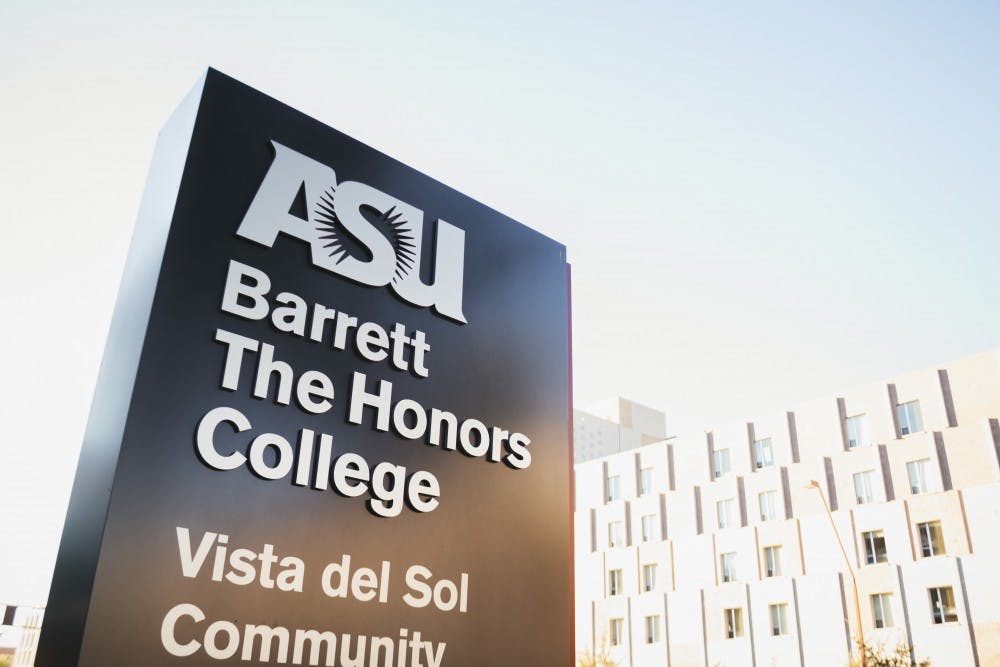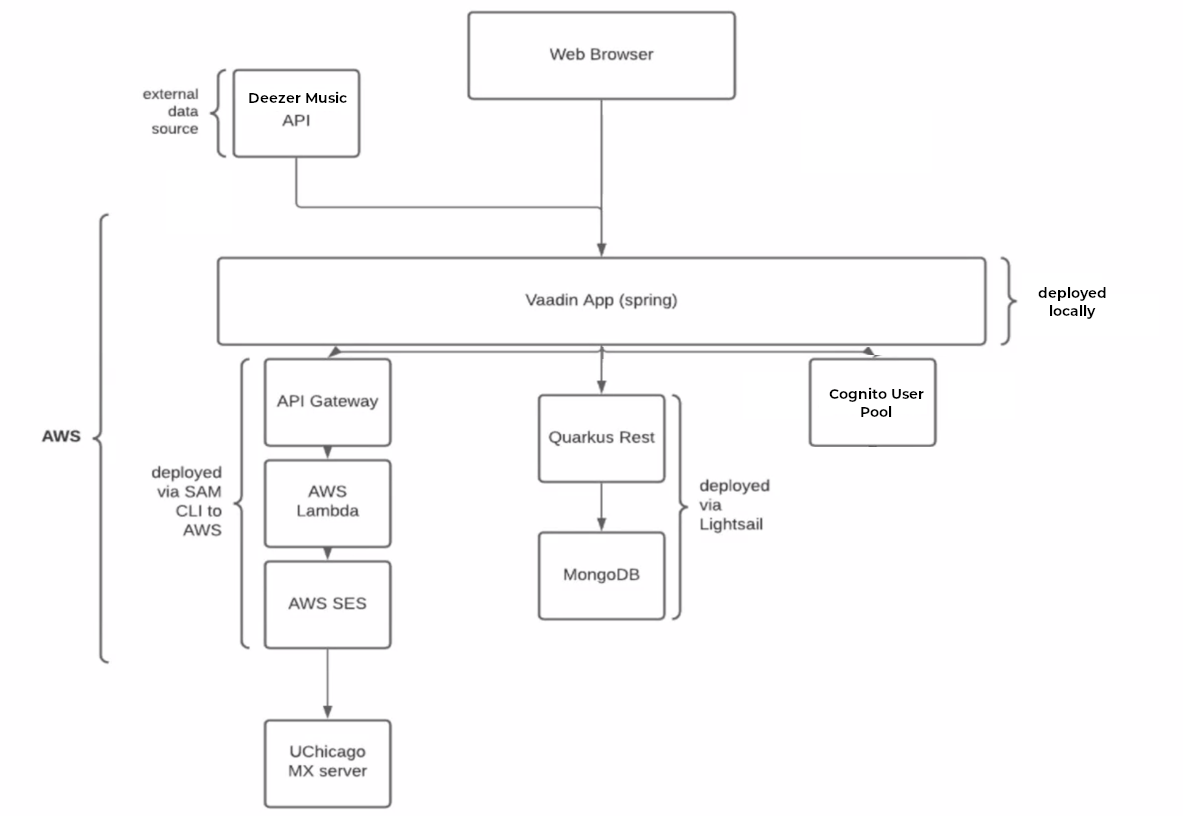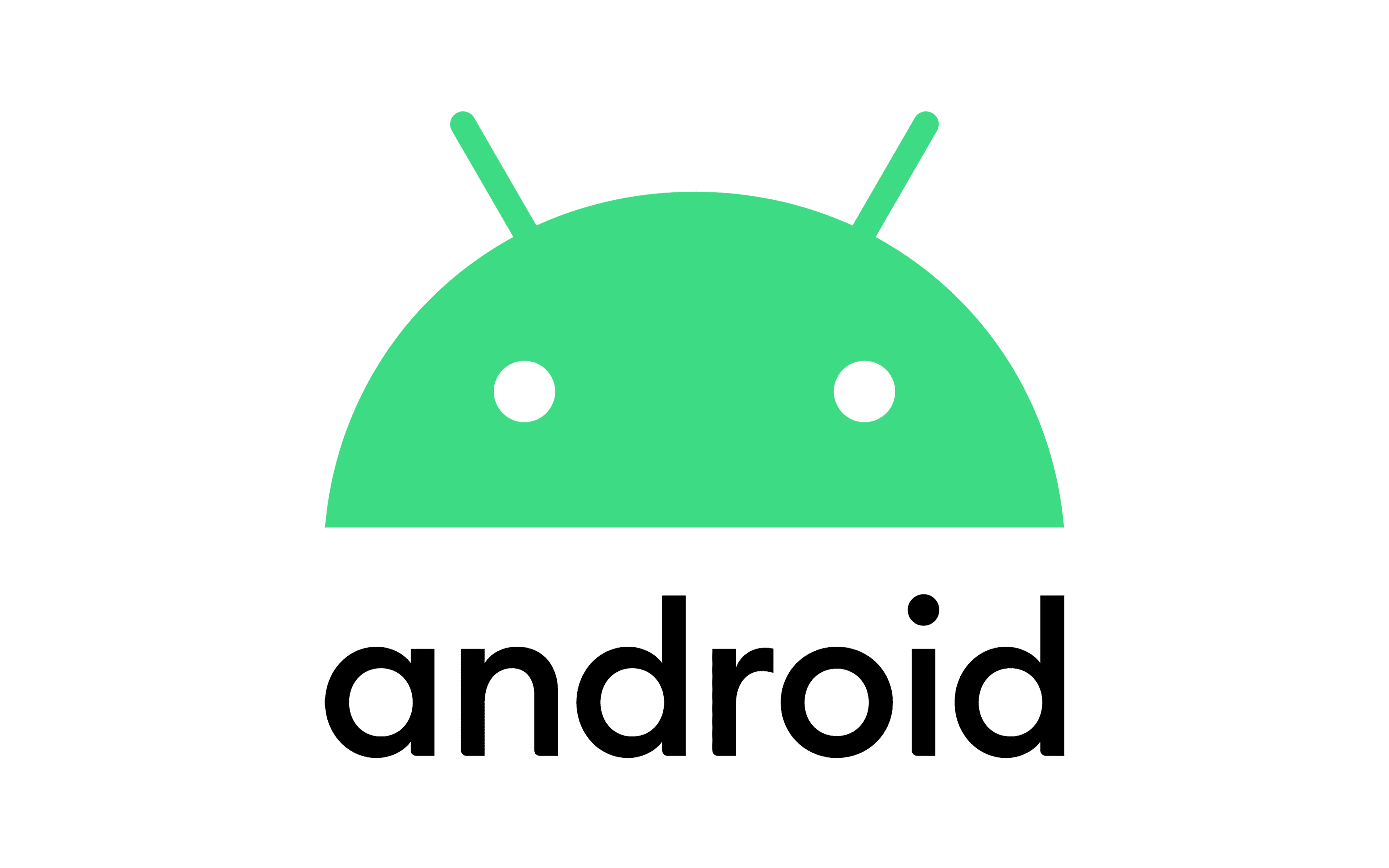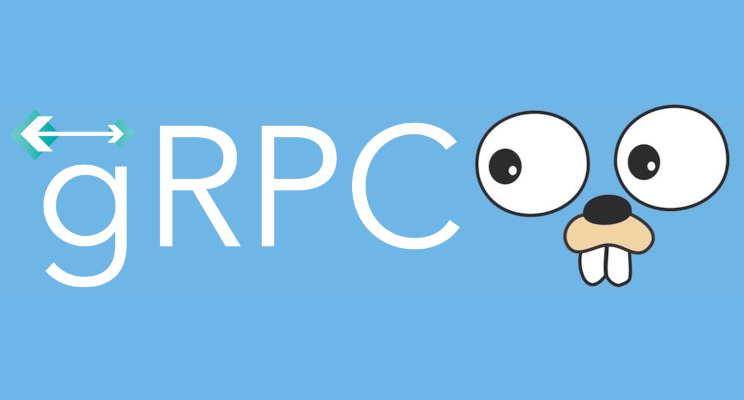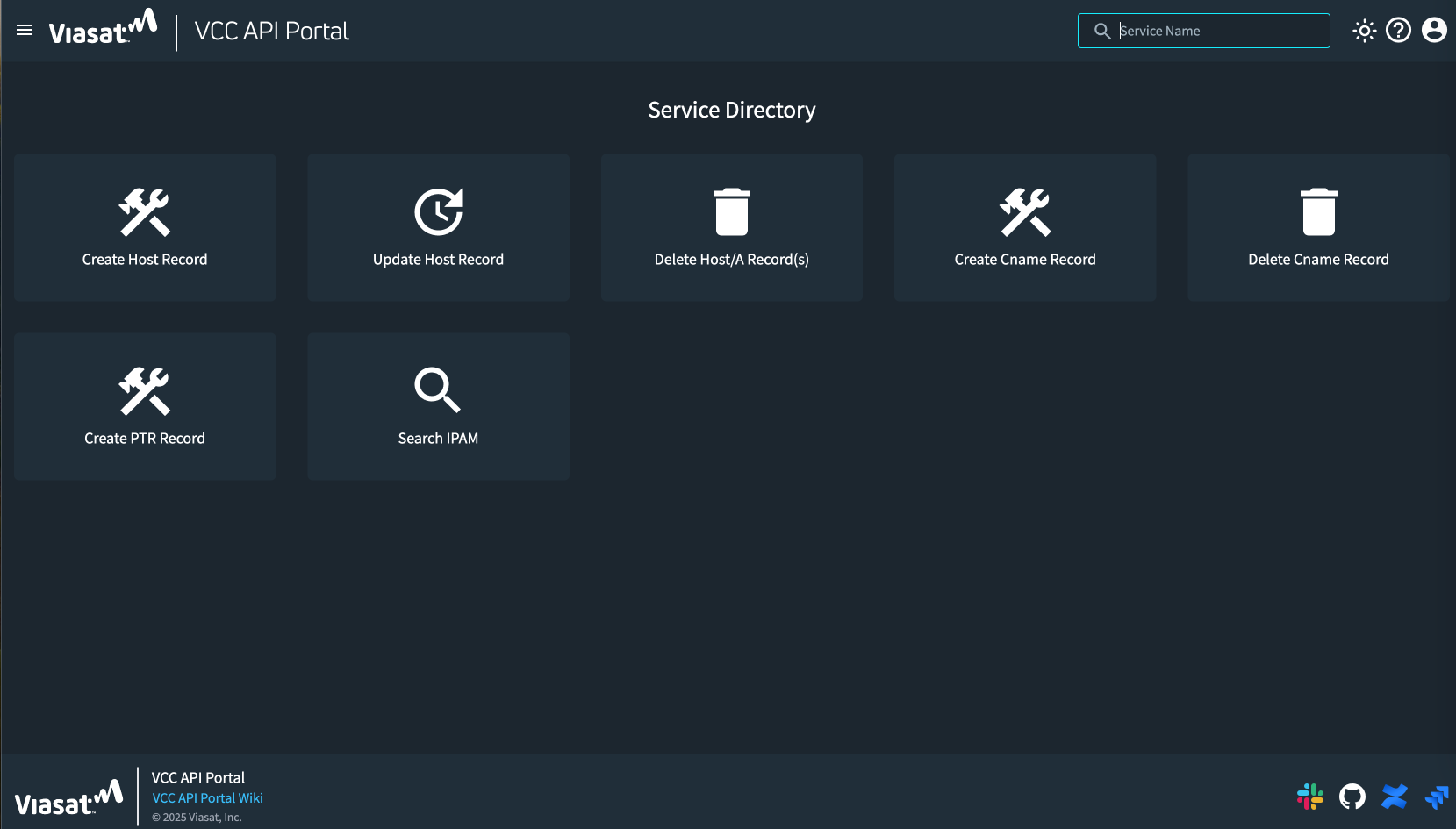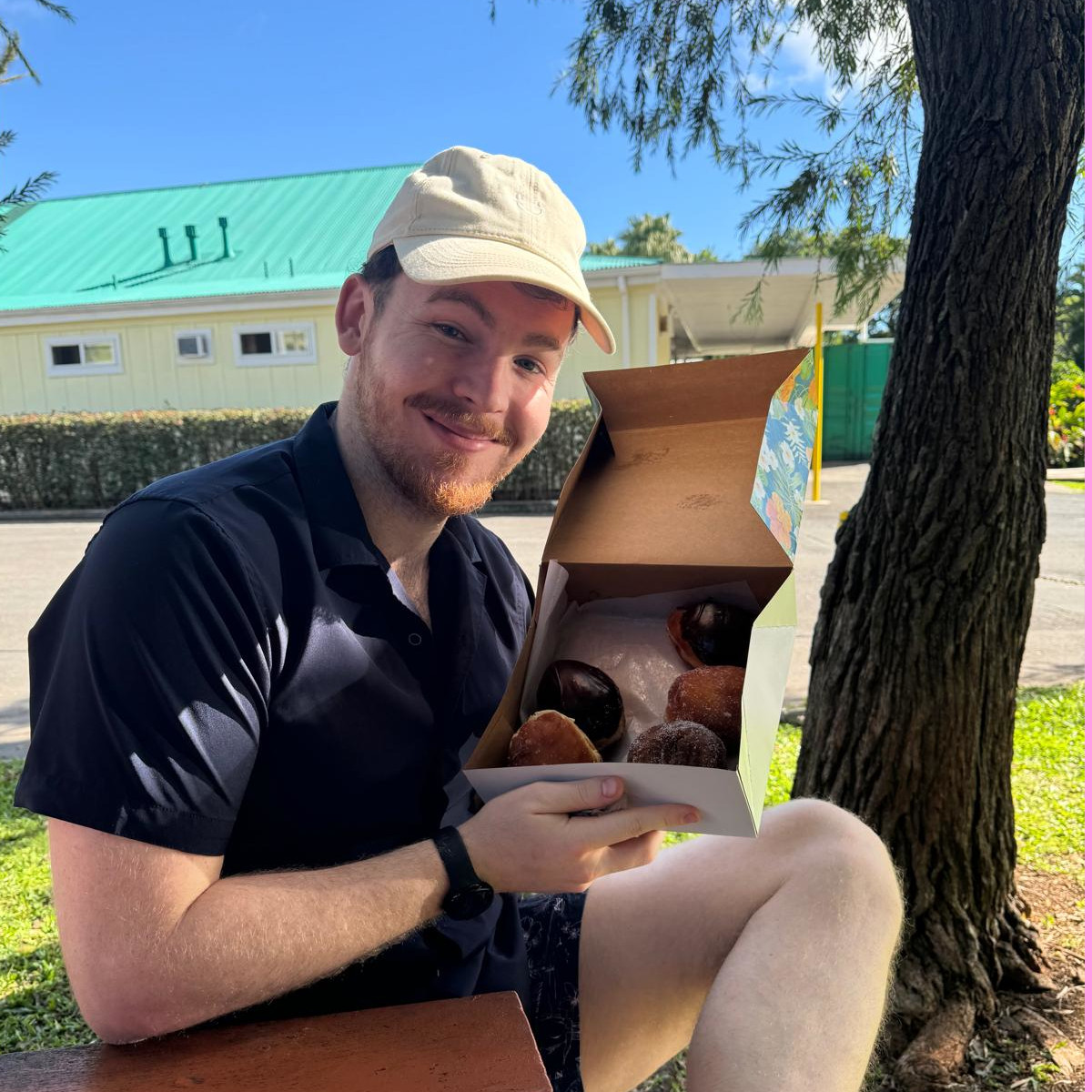
About Me
I am a Cloud Engineer working at Viasat Inc, an industry-leading satellite communications company based in San Diego, CA.
Previously I was a Full Stack Engineer and Managing Partner at Asher Chaim, a technology-driven real estate brokerage in Phoenix, AZ. Also with experience in the
financial sector, I previously worked as a Quantitative Developer at HeliosMI, a derivatives-based hedge fund.
I'm a 2022 graduate of the Master's Program for Computer Science at the University of Chicago, also studying at
Barrett the Honors College at Arizona State University where I graduated cum laude with a Bachelor's degree in Computer Science and a minor in Business.
I am always open to new experiences, whether that is learning a new tool, working in a new field, or moving to a new place. I pride myself on my ability to quickly learn new
things and work with people from all walks of life to build innovative, high-quality stuff.
Contact Info
Nicholas L. Maheshwari
Denver, CO
nicholasmaheshwari@gmail.com
